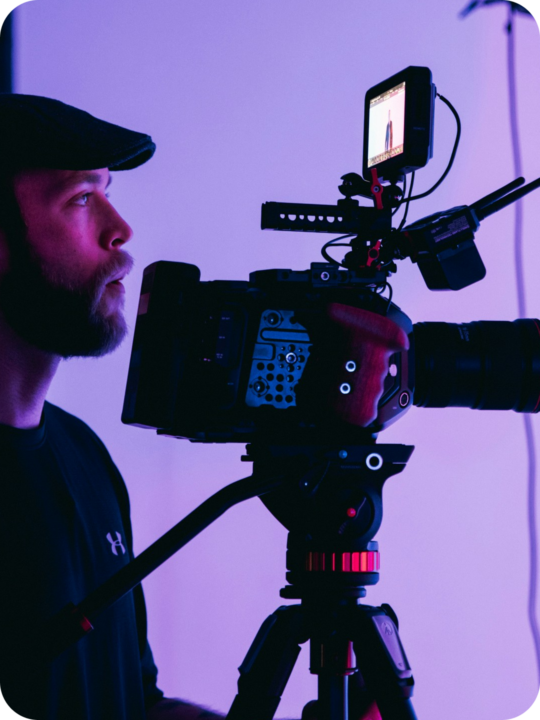Casting authenticity in a new age of film & TV

The growth of streaming means more room for new drama, and this in turn means more worlds for viewers to decode. As the span of people, places and time periods we encounter continues to widen, so new challenges and opportunities come into play for casting directors and producers.
We were thrilled to have been invited to a Netflix panel discussion on just this in November. Featuring Everything Now’s Kharmel Cochrane, Top Boy’s Des Hamilton, and Heartstopper’s Daniel Edwards, it was fascinating to hear of the challenges and innovative solutions that casting directors are dealing with in this new age of film and TV.
One thing that became immediately clear was that audience expectations and definitions of authenticity and representation are constantly evolving, and casting directors need to take these attitudes and perspectives into account to ensure that their content connects with their audience.
Whilst it’s important for casting directors to prioritise authenticity, diversity, and inclusivity in their approaches, there needs to be a proper understanding of what these terms mean – both objectively and to different audiences respectively.
What does it mean to cast authentically?
BAFTA-winning UK series Top Boy was widely hailed as a masterclass in casting authenticity. Following the lives of East London youths, it became a staple of UK culture – but this wasn’t just down to the story.
By inviting people he encountered on the street to audition, casting director Des Hamilton brought together a diverse and impressively varied cast, from new faces to established musicians. With a plethora of UK grime and rap artists in key roles, the series was a rich representation of life in East London – from language to music and culture.
Linguistic authenticity became one of the leading features of Top Boy, going as far as to create what became referred to on social media as ‘the Top Boy Effect’ – people adopting East London slang after watching the show.
By casting those with genuine knowledge and experience of the world they are depicting, Top Boy both created opportunities, and gave the audience exactly what they expect to see.
Representation matters
Whilst authenticity ensures that content is emotionally believable, representation ensures that content is emotionally engaging. Although authenticity and representation overlap in some ways as terms, we tend to see representation as a means of ensuring casting decisions resonate with an increasingly diverse audience.
Take Bridgerton, for example, which used a diverse cast to depict the high society politics of the early 1800s. While some viewers argued this made the world less believable in a historical sense (even in a fictional series with few characters based on real people), it quickly became clear that it delivered emotional authenticity to an audience far broader than a typical white-dominated, ‘historically accurate’ period drama. These casting decisions opened up the genre and made it more emotionally accessible, far exceeding its intended reach.
Casting is a cultural bridge
Our research in the casting space has shone a spotlight on the power of TV and film to construct bridges between people, places, times, and genres.
Through a creative consideration of authenticity and representation, innovative casting directors and producers can connect audiences to new worlds, cultures and periods, with an identity-based pull.
The parameters of authenticity and representation are constantly shifting – something that is becoming evident in our focus groups. Younger audiences increasingly understand and value relatable authenticity and representation.
Want to better understand how your audience thinks and behaves? Get in touch with Alex Cass to discuss more – a.cass@trinitymcqueen.com

 Back to articles
Back to articles

